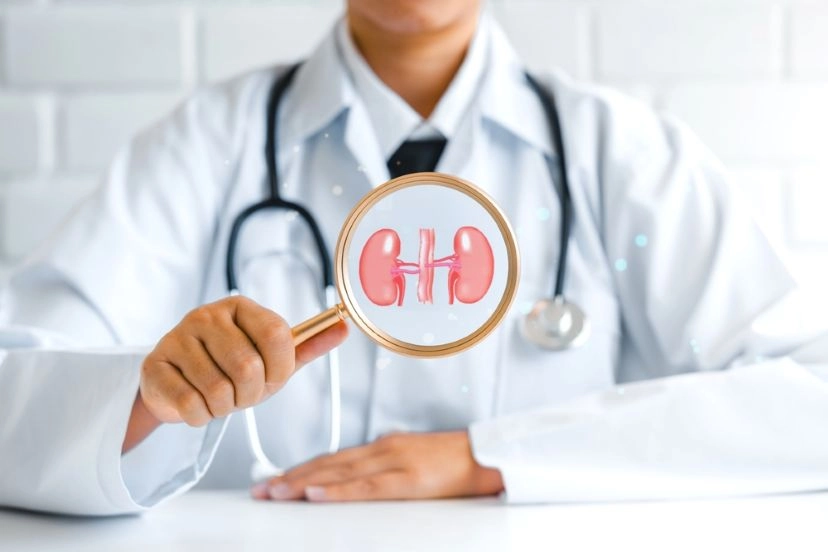What to do if your baby has congenital heart disease

A lot of children are born with congenital heart disease and can often be diagnosed immediately at birth because they are examined and assessed since they are born. However, for children who develop symptoms as they grow, how can the patients notice the symptoms?
Assoc. Prof. Dr. Kittichai Luengthaweboon, the Director of the Cardiovascular and Thoracic Surgery Center at Phyathai 2 Hospital stated that congenital heart disease is a heart abnormality in children that occurs while they are still in the womb. The incidence rate is on average 5-8 cases in 1,000 children born, which is considered a high number. It is the most commonly found congenital disease compared to other conditions such as cleft lip and palate or other deformities.
The exact cause of congenital heart disease is still unknown but there are correlations with the mother's health conditions, such as:
• The mother who get infected with rubella, especially within the first three months of pregnancy
• The mother having diabetes
• The mother experiencing malnutrition
• The mother using drugs or being exposed to chemicals during pregnancy
In cases where the mother is pregnant for the first time at the age of 35-40 years or older, the child may have chromosomal abnormalities or Down syndrome, which can lead to congenital heart defects such as atrial septal defects or heart valve regurgitation.
Observing symptoms of congenital heart disease
Physical symptoms
• Cyanosis
• Easily tired or shortness of breath
• Breathing faster than normal consistently
• Excessive sweating
• Fast and strong heartbeat
• Heart failure from birth
• Frequent colds, coughs, or pneumonia
Internal symptoms can be identified through a preliminary physical examination by a doctor, such as:
• Listening to the heartbeat, which may reveal irregularities potentially caused by heart valve regurgitation or an extra heart vessel.
Congenital heart disease sometimes presents symptoms from birth, but in some cases, the symptoms appear later in life. Therefore, parents should regularly check their child's health to ensure timely treatment.
Ways to diagnose the congenital heart disease
1. Medical history taking to inquire about symptoms related to the risk of congenital heart disease.
2. Special cardiac exam in children, such as an electrocardiogram (ECG) and chest x-ray or lung x-ray.
3. Echocardiogram to examine the internal structure of the heart, including the heart walls, valves, and the heart's contractions, to determine the type of heart disease.
4. Cardiac catheterization to examine the coronary arteries.
When abnormalities are found and surgical treatment is required, a cardiac surgeon will perform the surgery, and the child will recover except in some cases that the disease is complex and require many step of surgical treatment. Children successfully undergo the surgery can exercise, grow, develop, and lead normal lives after the treatment is completed. It is crucial for parents to have a thorough understanding of post-surgical care to ensure the well-being of their child including:
• Administering medications as prescribed by the doctor regularly
• Observing for any abnormalities after the surgery
• Preventing infections
• Be careful of potential complications to address them promptly
• Regularly taking the child to see the doctor for advice and effective treatment


